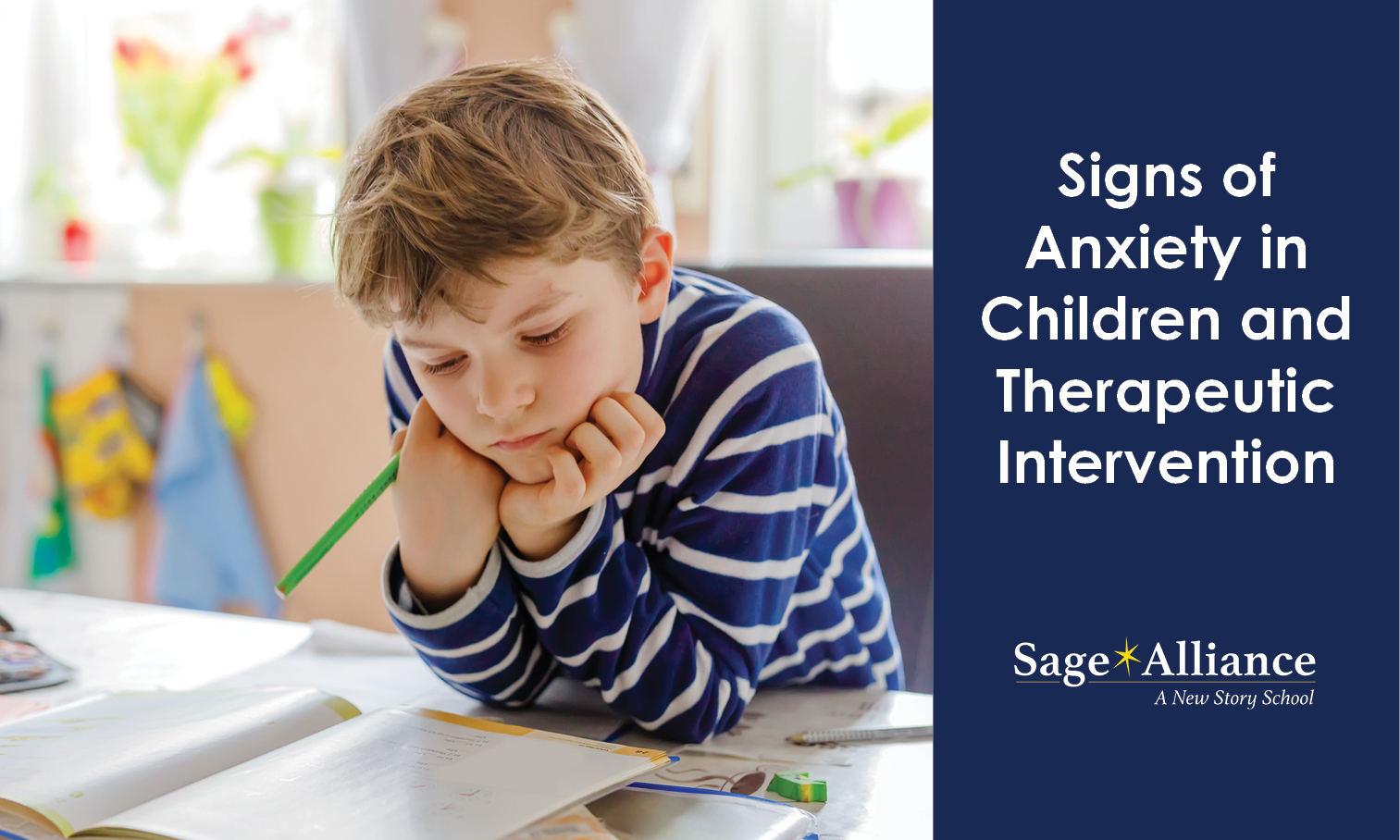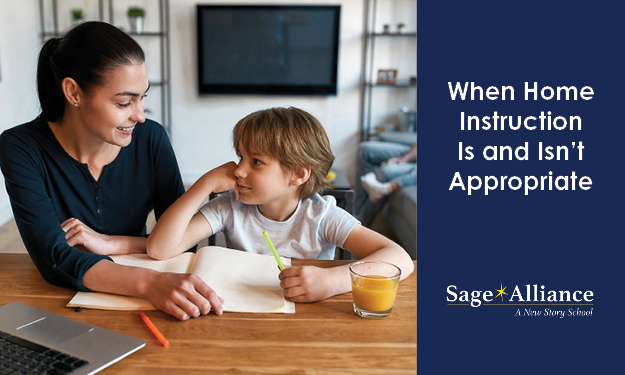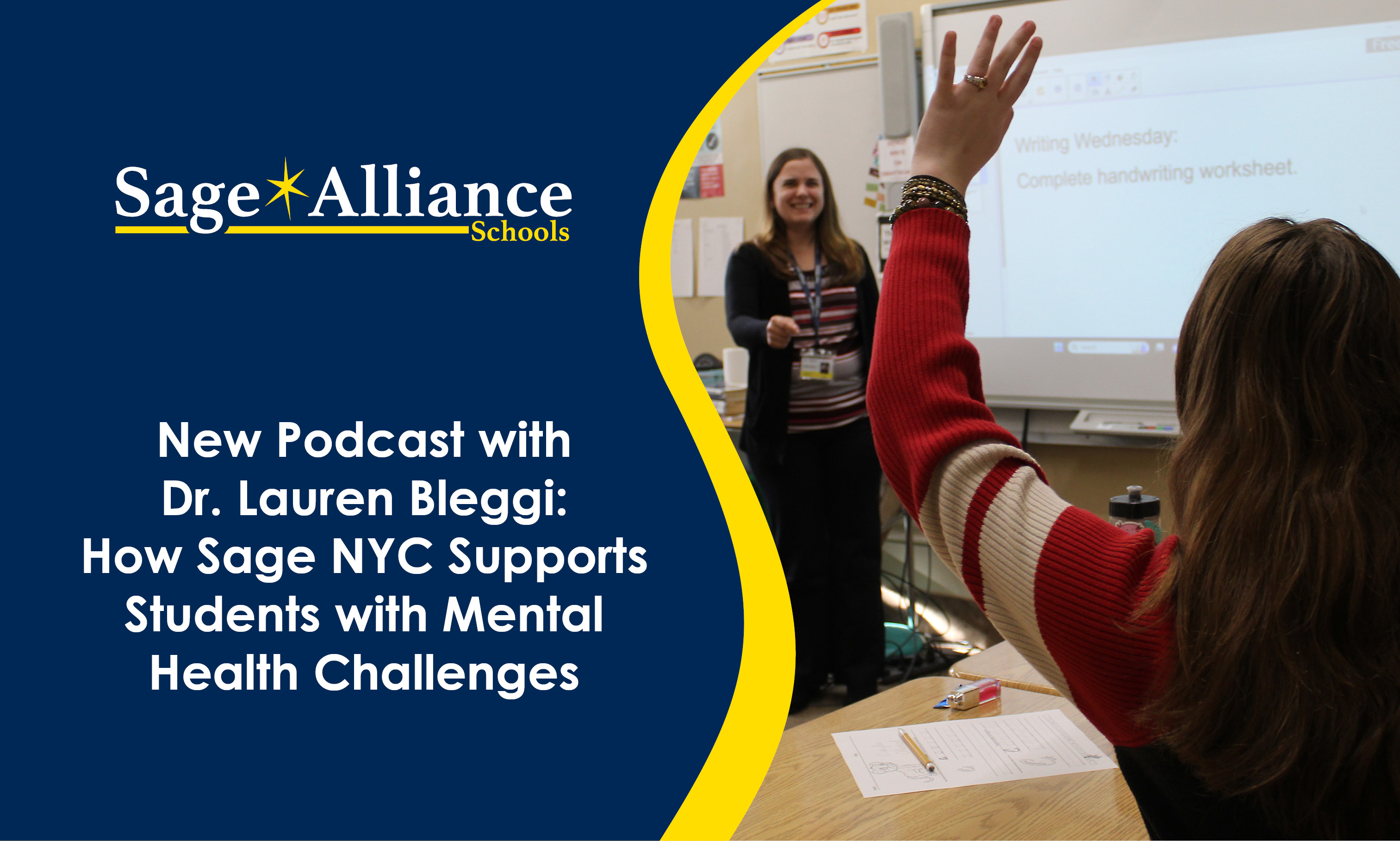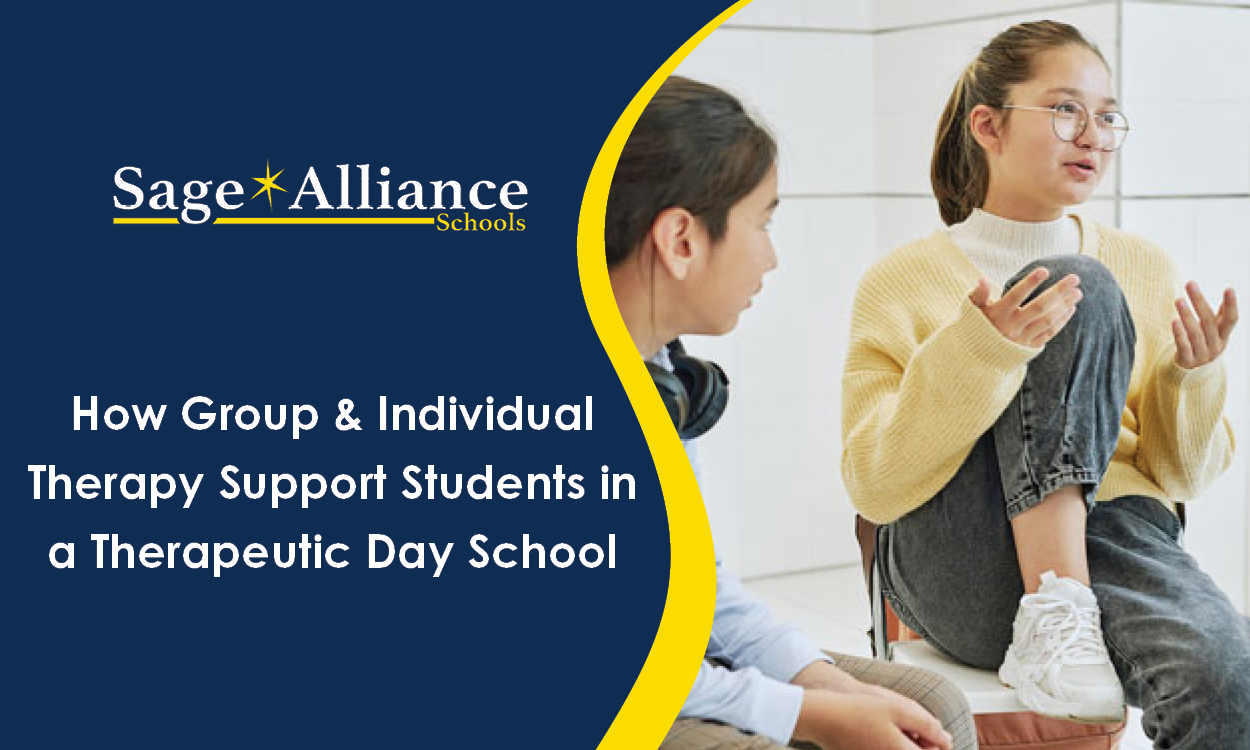Signs of Anxiety in Children and Therapeutic Intervention
Posted: February 25, 2019 | Written By: Justin Gerwick | Category: School Avoidance

Sage Alliance serves middle and high school aged students throughout New Jersey. More and more, we’re asked how our therapeutic model can be applied to support children at the elementary level. The need to address mental health in young children is significant. According to the Centers for Disease Control and Prevention, 1 in 6 U.S. children aged two to eight years – 17.4 percent – had a diagnosed mental, behavioral, or developmental disorder per a study conducted in 2016. Once in elementary school in a structured environment, these disorders can become more pronounced and children may become disengaged with school if they’re not able to adapt. This is known as school avoidance.
Causes of School Avoidance – Symptom of Deeper Issues
According to the American Academy of Pediatrics, school avoidance affects as many as 5% of children. School avoidance is often a symptom of deeper issues including anxiety or depression. Children may cite specific issues about why they fear going to school, including:
-
Fear of failure
-
Perceived undue harshness or unfair treatment by teachers
-
Bullying by other children
-
Anxieties over toileting in a public bathroom
When parents see their children exhibit behaviors like school phobia or school avoidance, that’s when many are referred to therapeutic schools like ours.
Signs of Anxiety in Elementary Level Students
In addition to school avoidance, here are other red flags to look out for which should prompt therapeutic intervention:
-
Not sleeping well
-
Panic attacks
-
Social difficulties and missed milestones
-
Distracted at times when attention is necessary
-
Difficulty recalling facts and processing new concepts
-
Worrying over unrealistic expectations for themselves
-
Lasting, noticeable changes in personality or disposition following a traumatic event
Applying a Therapeutic Model in Elementary Aged Children
Parents and school personnel need to work together to come to a solution for the benefit of the student. Educating the family on what the diagnosis is can help defuse situations when symptoms arise. Behavioral therapy, as well as psychotherapy and family therapy can be beneficial when added to the treatment plan. Many parents choose to add medication to the regimen as well. One of the keys to handling the emotional toll anxiety can have on a child is teaching them how to self-identify anxious feelings and pairing them with coping mechanisms such as deep breathing, counting to 10, and other relaxation techniques that work for the individual.
Want to be notified of new articles and resources from Sage Alliance? Click here to submit your email and opt into our newsletter.









